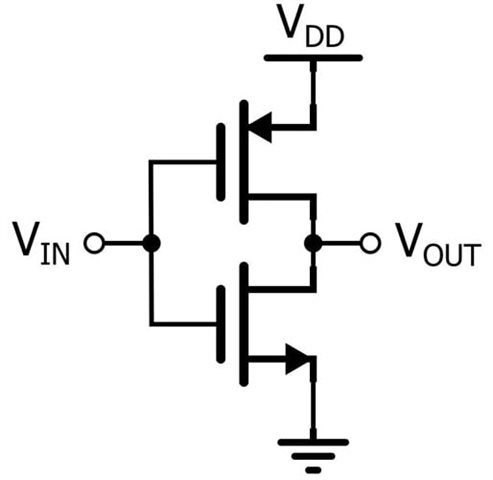Tool/software:
There are two IOH in the datasheet at VCC 3V, 16ma and 24mA.
Was it due to the packages? Thank you.
This thread has been locked.
If you have a related question, please click the "Ask a related question" button in the top right corner. The newly created question will be automatically linked to this question.
Tool/software:
There are two IOH in the datasheet at VCC 3V, 16ma and 24mA.
Was it due to the packages? Thank you.
Hi,
No, the test is just done at two different values. It makes more sense if you look at VOH in electrical characteristics.

Here you can see that the minimum guaranteed VOH at -16mA IOH is slightly higher than the VOH for -24mA.
Best,
Malcolm
I'm a bit confused. What made the IOH differ with the VCC. The internal circuitry is the same.
Should IOH be the same when output HIGH?
Was it depend on the input? In the other word who determine the IOH or VOH. Thank you.
Hi,
Remember, ohm's law is I = V / R.
IOH and VOH are related. In this case, IOH = VOH / RO, where RO is the impedance of the output pin.

The above is a picture of a CMOS driver. When the output voltage VOUT is high, like it is for the IOH test, the top PMOS transistor is operating in what is known as the "linear region". This means the PMOS transistor acts like a voltage-controlled resistor, where the current and voltage across the MOSFET have a mostly linear relationship:

Obviously, when you have more current, you will have a larger voltage drop across the PMOS transistor. This is why, at -16mA, the minimum VOH is 2.4V, whereas the -24mA test current indicates a 2.3V VOH. A logic device at 3.3V VCC will not always have a 3.3V output. The output voltage is determined by ohm's law, and the IOH and VOH characteristics are provided to determine how much current the device is able to source to maintain a reasonable logic-level output voltage.
Best,
Malcolm